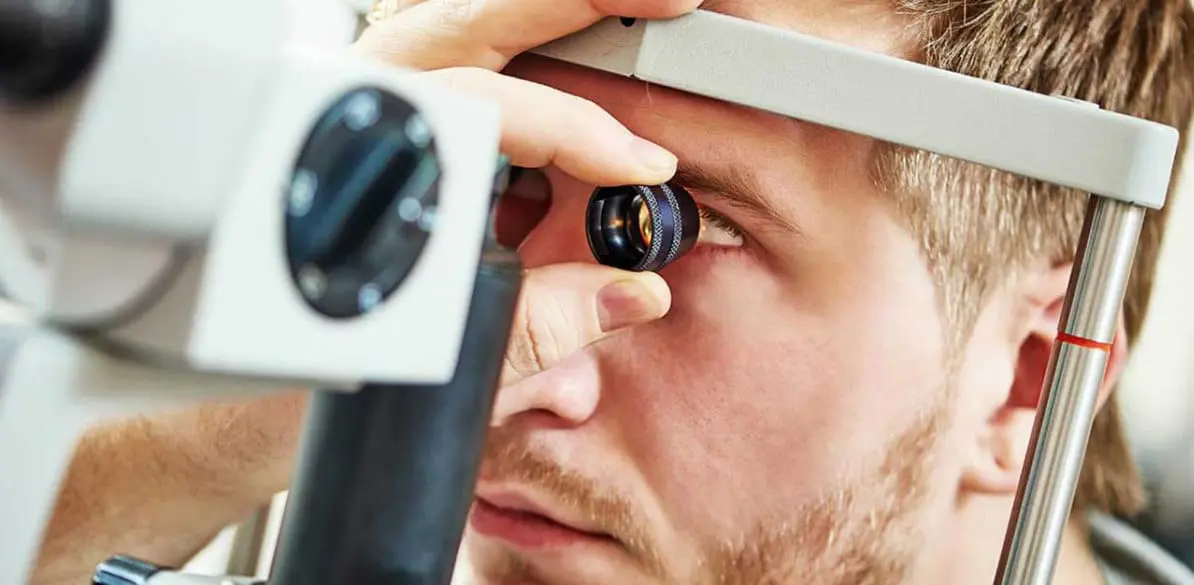Neurological visual disturbances and their impact in driving

Papillary edema
It is characterized by swelling of the head of the optic nerve due to the increased intracranial pressure.
Vision is first not affected, but the blind spot is enlarged.
On the long term, it causes optic atrophy and loss of vision.
Advice on papillary edema
- The patient with papillary edema must not drive.
Papillitis or optic neuritis
It is originated by inflammation or optic nerve infarction.
The vision loss ranges from a small scotoma to complete blindness. It is frequently associated with Horton’s arteritis.
It progresses to postneuritic optic atrophy, with variable degrees of loss of vision depending on the cause.
Therapy with corticoids can be useful.
Advice on papillitis or optic neuritis
- The patient with optic neuritis must not drive.
- The resolution of the causal clinical condition will force to evaluating the patient for possible visual sequels, and with a medical report before permitting driving.
Retrobulbar neuritis
It is caused by inflammation of the orbital area of the optic nerve. The cause is often multiple sclerosis.
The fast loss of vision and the pain when moving the eye are characteristic. It can subside spontaneously in some weeks, but it can relapse.
Central scotoma sometimes persist, that with the recurrences can increase the visual injury leading to optic atrophy and permanent total blindness.
Therapy with corticoids is prescribed.
Advice on retrobulbar neuritis
- The episode of retrobulbar neuritis is disabling for driving.
- The variable evolution of each patient will lead the physician to evaluate possible sequels that are disabling for driving, and will issue a written report on it.
Toxic amblyopia
It is related with an excess alcohol intake and malnutrition, and possibly smoking.
A reduction occurs in the visual acuity with a central or peripheral scotoma, first small, that enlarges progressively and interferes with vision. It can become absolute and cause blindness.
Vision can improve if the cause is eliminated, unless it has atrophied the optic nerve.
Advice on toxic amblyopia
- Toxic amblyopia prevents from driving for interfering with sight.
- The variable evolution of each patient will lead the physician to evaluate possible sequels that are disabling for driving, and will report in writing in this regard.
Injury of the upper optical paths
The injuries of the optic nerve cause visual disturbances limited to the affected eye.
The injuries located close to the optic chiasm generally affect the vision of both eyes.
The injuries located above or under the optic chiasm destroy the nervous fibers innervating the internal half of both retinas, with defects in the temporal visual fields leading to bitemporal hemianopsia.
The injuries in the optic tract, optic radiation or cerebral cortex cause homonymous hemianopsia, with loss of function in the right or left halves of both visual fields contralateral to the affected side.
This hemianopsia is the most frequent and generally caused by brain tumor or stroke.
The treatment is that of the primary injury.
Advice on upper optical path injury
- If the treatment of the primary injury achieves complete recovery of the visual field, the patient can drive again when his physician reports favorably in writing about it.
- The other conditions leading to variable visual disorders will require the assessment of experts to be able to obtain the driving license and, meanwhile, they cannot drive.
